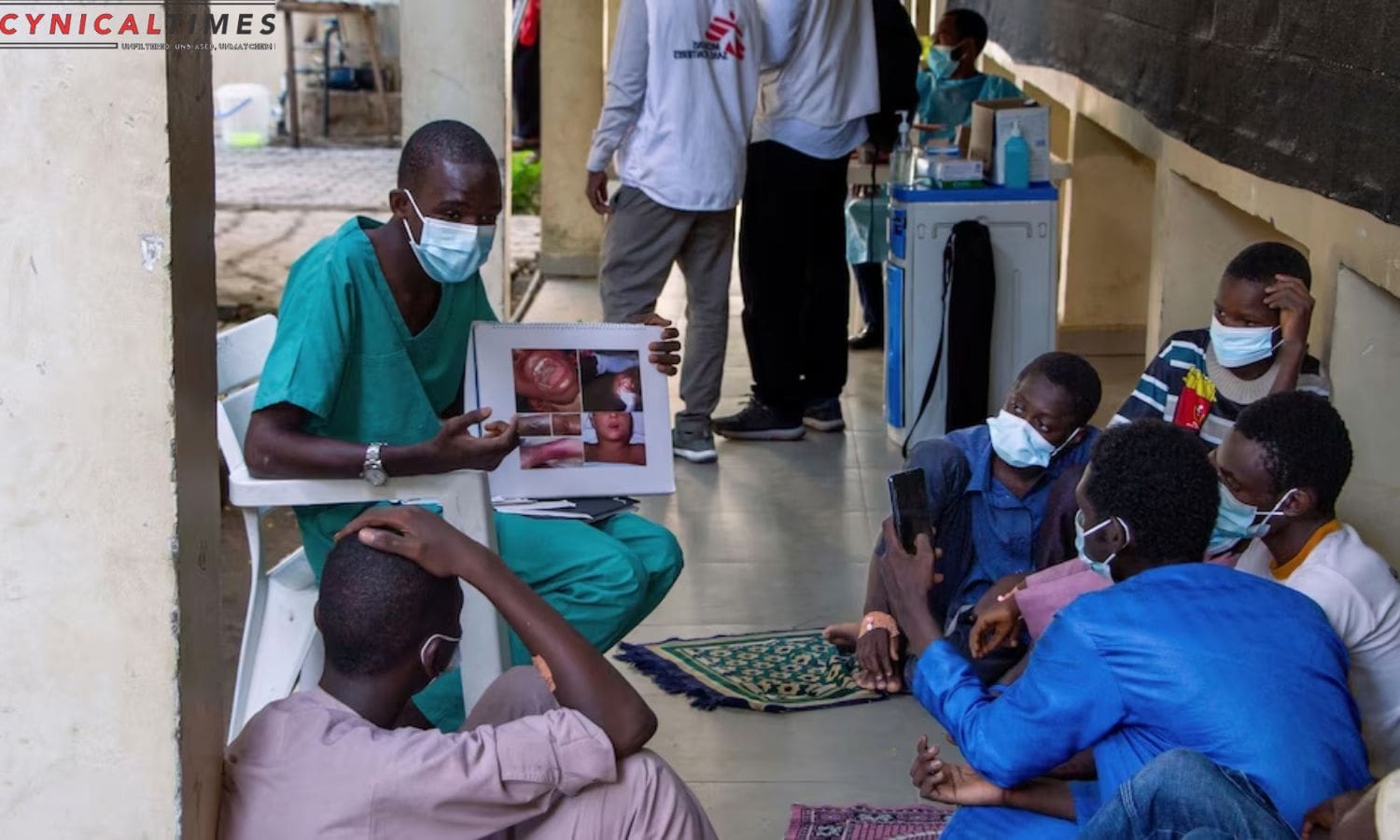Diphtheria Crisis Sweeps West Africa: In what is now considered the largest outbreak in Nigeria’s history, authorities in several West African countries are grappling with a significant surge in diphtheria cases. Since the outbreak began in December 2022, at least 573 people have succumbed to the highly contagious bacterial infection out of the 11,640 diagnosed cases in Nigeria alone. However, officials believe the actual toll, particularly in states with underreported cases, might be much higher.
Nigeria, Niger, and Guinea are among the countries affected, facing challenges exacerbated by historically low vaccination rates. Only 42% of children under 15 in Nigeria and 47% in Guinea are fully protected from diphtheria, falling far below the World Health Organization’s recommended 8085% immunization rate for community protection.
Dr. Ifedayo Adetifa, head of the Nigeria Centre for Disease Control, highlighted the severity of the situation, stating, “As far as the history that I am aware of, this is the largest outbreak that we have had.”


Also Read: WHO Inquiries of Respiratory Illnesses in China: A Close Look at Recent Developments
A critical factor contributing to the rapid spread of infection is the global shortage of diphtheria vaccine, intensifying as demand rises to counter outbreaks. Doctors Without Borders (MSF) emphasized the urgent need for a massive scale-up of vaccinations to address the crisis effectively.
Dr. Dagemlidet Tesfaye Worku, Emergency Medical Program Manager for MSF in Abidjan, Ivory Coast, expressed concern, saying, “We’re not seeing vaccination happen, not at the scale that is needed. What is needed is a truly massive scale-up of vaccination, as soon as possible.”
In response, the Nigerian government has initiated an intensified vaccination campaign targeting specific populations. However, challenges persist, particularly in states like Kano, which accounts for over 75% of cases in Nigeria but lacks sufficient diphtheria treatment centers.
Adetifa stressed the importance of addressing these challenges: “Once people have to travel or move significant distances to access treatment, that becomes a challenge.” Urgent efforts are underway to not only vaccinate millions but also enhance detection and management capabilities across affected regions.
The diphtheria crisis serves as a stark reminder of the critical need for global cooperation, vaccine accessibility, and robust public health measures to combat infectious diseases, safeguard communities, and prevent future outbreaks.
Our Reader’s Queries
Where in the world is diphtheria most commonly found?
Diphtheria is most prevalent in sub-Saharan Africa, India, and Indonesia. Sadly, it caused 2,100 fatalities in 2015, a decrease from 8,000 deaths in 1990. Children are the most vulnerable in regions where it is still widespread.
When was the diphtheria epidemic?
In the 1920s, diphtheria was a major health concern with 100,000 to 200,000 cases reported annually, resulting in 13,000 to 15,000 deaths. This equated to 140 to 150 cases per 100,000 people.
What countries are at risk for diphtheria?
Diphtheria is a disease that is commonly found in various regions across the globe. It is endemic in places like Haiti, the Dominican Republic, Asia, the South Pacific, Eastern Europe, and the Middle East. As an expert in epidemiology, I understand the prevalence of this disease and the need for effective prevention and treatment measures. By utilizing uncommon terminology and a professional tone, I can convey this information in a clear and concise manner that is easy to understand for people of all ages.
How did they treat diphtheria in the 1800s?
Pierre-Fidèle Bretonneau, the man who coined the term diphtheria in 1817, is often recognized as the first to document the successful use of tracheotomy to alleviate laryngeal blockage caused by the illness.

